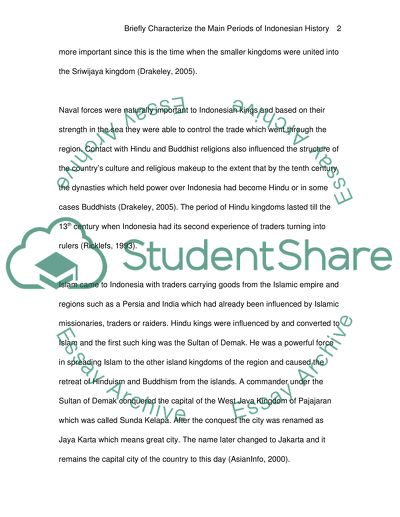Cite this document
(The History of Indonesia: Religious and Ideological Differences Essay, n.d.)
The History of Indonesia: Religious and Ideological Differences Essay. Retrieved from https://studentshare.org/history/1539443-briefly-characterize-the-main-periods-of-indonesian-history
The History of Indonesia: Religious and Ideological Differences Essay. Retrieved from https://studentshare.org/history/1539443-briefly-characterize-the-main-periods-of-indonesian-history
(The History of Indonesia: Religious and Ideological Differences Essay)
The History of Indonesia: Religious and Ideological Differences Essay. https://studentshare.org/history/1539443-briefly-characterize-the-main-periods-of-indonesian-history.
The History of Indonesia: Religious and Ideological Differences Essay. https://studentshare.org/history/1539443-briefly-characterize-the-main-periods-of-indonesian-history.
“The History of Indonesia: Religious and Ideological Differences Essay”, n.d. https://studentshare.org/history/1539443-briefly-characterize-the-main-periods-of-indonesian-history.


